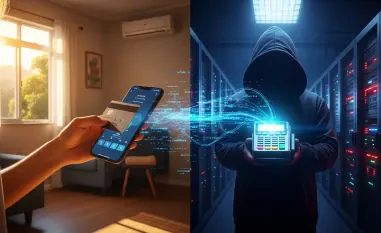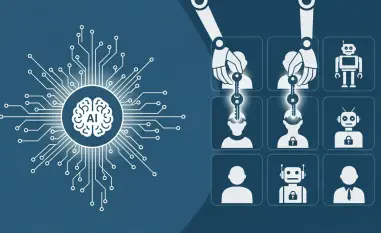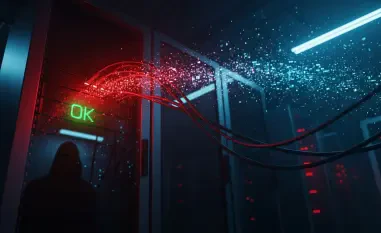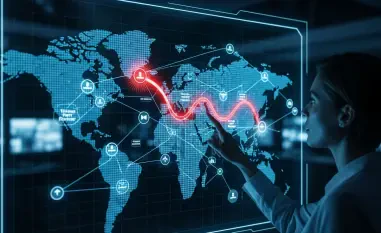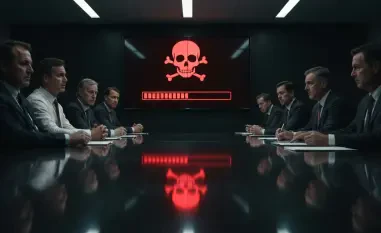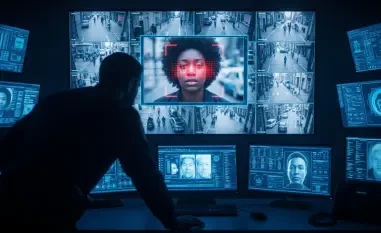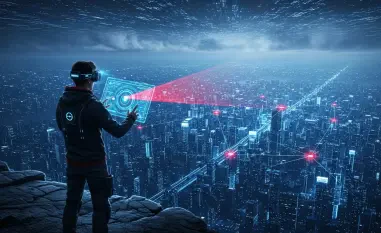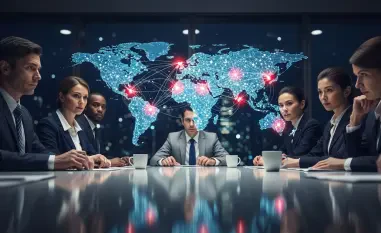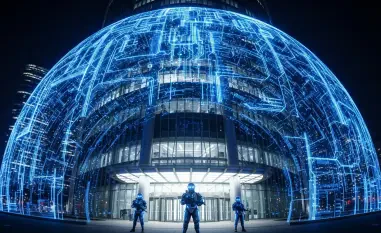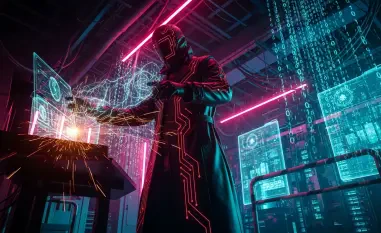I’m thrilled to sit down with Malik Haidar, a renowned cybersecurity expert whose work has safeguarded multinational corporations from sophisticated digital threats. With a deep background in analytics, intelligence, and security, Malik has a unique perspective on integrating business strategies with cutting-edge cybersecurity solutions. Today, we’ll explore his insights on the evolving landscape of cyber threats, the role of AI in security, and how businesses can stay ahead of hackers in an increasingly connected world.
How did you first become passionate about cybersecurity, and what has kept you driven in this ever-changing field?
I’ve always been fascinated by the cat-and-mouse game between security experts and hackers. My passion started in my early career when I witnessed a major data breach at a company I worked with—it was a wake-up call about how vulnerable organizations can be. What keeps me driven is the constant evolution of threats. Every day, there’s a new challenge, whether it’s ransomware, phishing schemes, or state-sponsored attacks. Staying ahead means always learning, and I thrive on that intellectual challenge.
What do you see as the most pressing cybersecurity threat facing businesses today, and why?
Right now, I’d say it’s the rise of AI-powered attacks. Hackers are using machine learning to craft highly personalized phishing emails or to automate vulnerability scans at an unprecedented scale. This is a game-changer because it lowers the barrier for entry—even less skilled attackers can cause significant damage. Businesses are often unprepared for this level of sophistication, especially smaller ones that lack robust defenses.
How can companies, especially those with limited resources, build a strong cybersecurity foundation?
It starts with the basics—educating employees and enforcing strong password policies. Many breaches happen because of human error, like clicking on a malicious link. Beyond that, prioritize investing in essential tools like firewalls and endpoint protection. For smaller companies, partnering with managed security service providers can be a cost-effective way to get expert help without building an in-house team. It’s about focusing on prevention rather than just reaction.
With AI playing a bigger role in both attacks and defenses, how do you think it’s reshaping the cybersecurity landscape?
AI is a double-edged sword. On the defense side, it helps us detect anomalies in real-time, predict potential threats, and automate responses to incidents, which saves critical time. But as I mentioned earlier, attackers are also leveraging AI to exploit weaknesses faster than ever. The key for defenders is to use AI to stay proactive—think predictive analytics to spot risks before they materialize. It’s an arms race, and the side that adapts quickest wins.
Can you share a memorable experience from your career where you had to tackle a particularly tough cyber threat?
A few years back, I worked with a financial institution that was hit by a sophisticated ransomware attack. The attackers had encrypted critical data and were demanding a hefty sum. We had to act fast—restoring systems from backups while negotiating to buy time. What made it tough was the attackers had also exfiltrated sensitive customer data, threatening to leak it. Through forensic analysis, we traced their tactics and hardened the client’s defenses mid-crisis. It taught me the importance of resilience and having a solid incident response plan in place.
How important is it for cybersecurity strategies to align with a company’s broader business goals, and how do you approach that integration?
It’s absolutely critical. Cybersecurity isn’t just a tech issue—it’s a business risk. I always start by understanding the company’s priorities, whether it’s protecting customer trust, ensuring regulatory compliance, or safeguarding intellectual property. Then, I tailor security measures to support those goals without hindering operations. For example, overly strict policies can frustrate employees and reduce productivity, so I focus on balancing security with usability. It’s about speaking the language of the boardroom, not just the server room.
What role do you think collaboration between industries and governments plays in combating global cyber threats?
Collaboration is essential because cyber threats don’t respect borders. Sharing intelligence about new attack methods or vulnerabilities can help everyone stay ahead. Governments can provide frameworks and resources, like funding for research or enforcing data protection laws, while industries bring real-world insights and innovation. I’ve seen firsthand how public-private partnerships can disrupt cybercrime networks—think of initiatives that take down botnets. Without that teamwork, we’re all fighting blind.
What is your forecast for the future of cybersecurity over the next decade?
I believe we’re heading toward a world where cybersecurity becomes even more integrated with everyday technology. With the growth of IoT and smart infrastructure, everything from cars to home appliances will be potential entry points for attackers. I expect AI and automation to dominate defenses, but regulation will also tighten as governments grapple with protecting citizens’ data. My hope is that we’ll see more proactive measures—think zero-trust architectures becoming the norm. It’s going to be a challenging decade, but also an exciting one for innovation.


